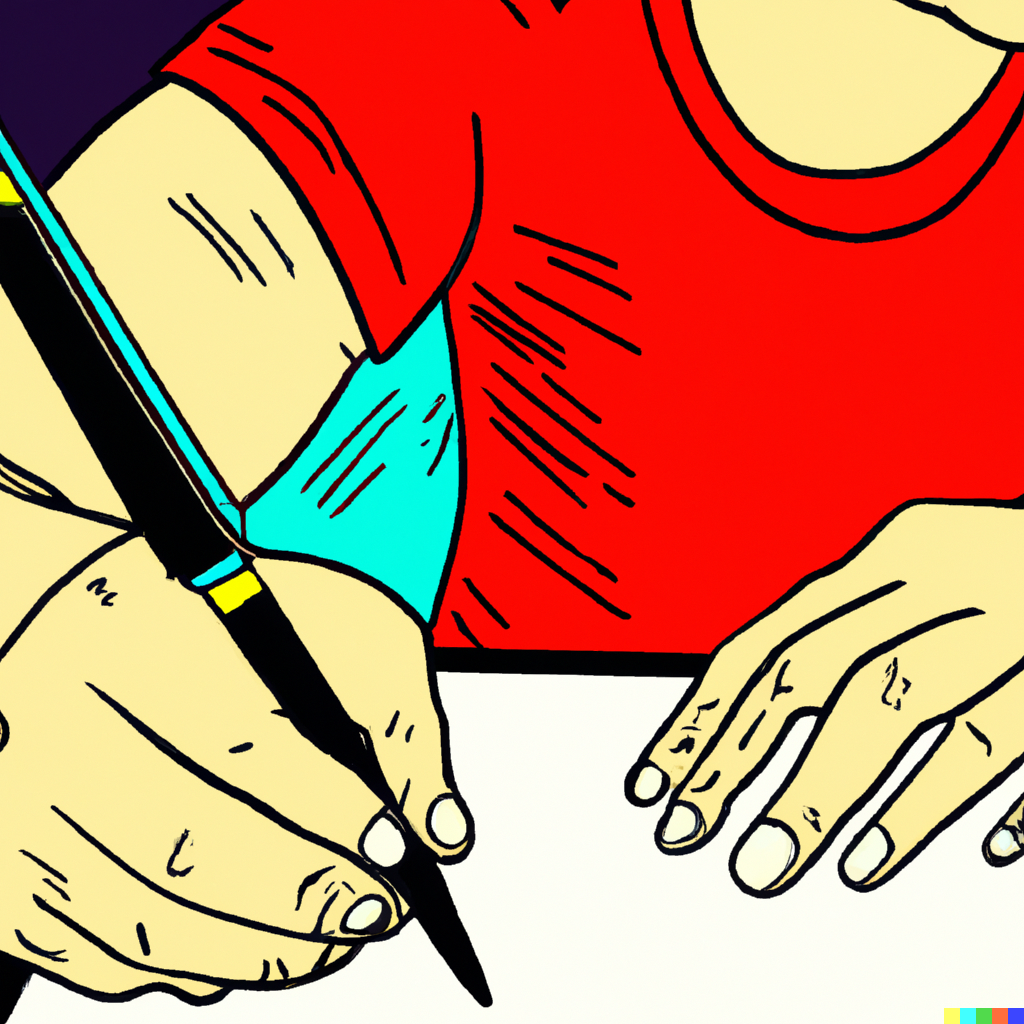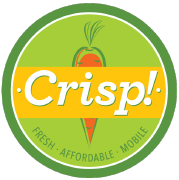Writing Great User Stories
A user story is a tool used in agile software development to capture a description of a software feature from an end-user perspective. The goal of a user story is to articulate the value that a new feature will bring to the end-user.
To write a user story, you should follow these steps:
- Identify the user: Start by identifying the person who will be using the feature you are developing. This could be a customer, a patient, a student, etc.
- Define the user’s needs: Next, think about what the user needs or wants to accomplish with the feature. This could be a specific task they need to complete, a problem they need to solve, or a goal they want to achieve.
- Write the user story: Once you have identified the user and their needs, you can write the user story. A user story should be written in the following format: “As a [user], I want [something] so that [some benefit].” For example, “As a customer, I want to be able to filter search results by price so that I can find the most affordable products.”
- Prioritize the user story: It’s important to prioritize user stories based on their importance and value to the end-user. This will help the development team focus on the most important features first.
- Break the user story down into smaller tasks: Once you have written the user story, you should break it down into smaller, more specific tasks that the development team can work on. These tasks should be clear and actionable, and they should help the team understand exactly what needs to be done to implement the feature.
By following these steps, you can write effective user stories that clearly articulate the value that a new feature will bring to the end-user.
There are several key characteristics that make a user story great in product management:
- Value: A great user story should provide value to the end-user. This means that it should solve a problem or meet a need that the user has.
- Clarity: A great user story should be clear and concise, and it should clearly articulate the value that it will bring to the end-user.
- Specificity: A great user story should be specific and actionable. It should provide enough detail for the development team to understand exactly what needs to be done to implement the feature.
- Priority: A great user story should be prioritized based on its importance and value to the end-user. This will help the development team focus on the most important features first.
- Testability: A great user story should be testable, meaning that it should be possible to measure whether or not the feature is meeting the needs of the end-user.
By ensuring that your user stories have these characteristics, you can create a strong foundation for your product development efforts and deliver value to your users.
After you complete writing and prioritizing them:
- Estimate the effort required: Once you have broken the user story down into smaller tasks, you can estimate the effort required to complete each task. This can help you understand how much time and resources will be needed to implement the feature.
- Assign the tasks to team members: Once you have a clear understanding of the tasks that need to be completed and the effort required to complete them, you can assign the tasks to team members.
User stories are a powerful tool in agile software development that allow teams to capture a description of a software feature from an end-user perspective. They help teams understand the value that a new feature will bring to the end-user and prioritize the most important features. By writing clear, concise, and actionable user stories, teams can deliver value to their users and build better software. Whether you’re a product manager, developer, or designer, understanding how to write effective user stories is an essential skill that can help your team deliver value to your users and achieve your goals.









Recent Comments